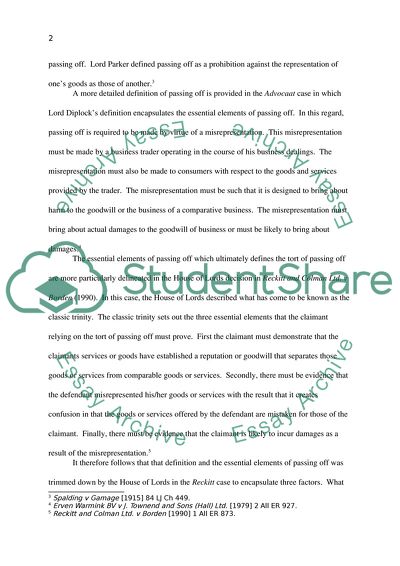Cite this document
(Registered Trademark Protection and Passing Off Research Paper - 1, n.d.)
Registered Trademark Protection and Passing Off Research Paper - 1. Retrieved from https://studentshare.org/marketing/1748827-trademark-assignment
Registered Trademark Protection and Passing Off Research Paper - 1. Retrieved from https://studentshare.org/marketing/1748827-trademark-assignment
(Registered Trademark Protection and Passing Off Research Paper - 1)
Registered Trademark Protection and Passing Off Research Paper - 1. https://studentshare.org/marketing/1748827-trademark-assignment.
Registered Trademark Protection and Passing Off Research Paper - 1. https://studentshare.org/marketing/1748827-trademark-assignment.
“Registered Trademark Protection and Passing Off Research Paper - 1”, n.d. https://studentshare.org/marketing/1748827-trademark-assignment.


